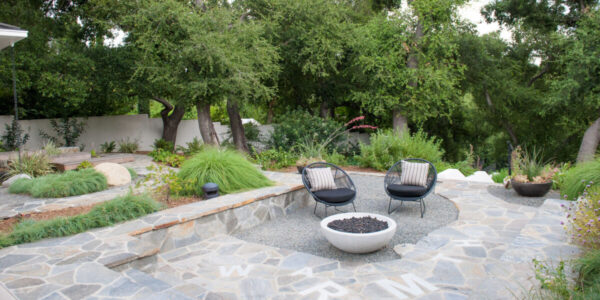
Soil textures
What’s the soil like in your garden? You’d probably describe it as sand, clay, loam, or something in between. To soil experts, these are all soil textures, determined by the percentage a soil contains of mineral particles of various sizes. Texture, in turn, influences drainage, a very important aspect of soil quality. Water applied to the soil surface percolates down through the pore spaces between soil particles. At first, it completely fills the pores. In time, however, it’s drawn away–carried downward by gravity, absorbed by plant roots, drawn up from the soil surface and out through foliage. As water leaves the pores, air returns to them, until just a film of water remains on the soil particles.
Clay soil–whether you call it adobe, gumbo, or just plain “heavy” soil–is composed of many flattened, tiny particles packed tightly together to form a dense mass with microscopic pore spaces. (Clay soil can be so dense, in fact, that in some parts of the country it’s used to make bricks!) Drainage is slow, since water and nutrients move through the pore spaces slowly. On the plus side, clay’s slow drainage lets you water less often. And such soil is better able than others to attract, hold, and release certain nutrients. On the minus side, clay is difficult for plant roots to penetrate, and during rainy periods it can remain saturated and airless to the point of suffocating roots (which need air as well as water to live).
Claylike soils are produced by a number of factors. In parts of California, for instance, the particular series of geological events and climatic changes eventually broke a high proportion of mineral particles down to microscopic size; due to the lack of summer rain, vegetation was sparse, and what there was tended to dry up and blow away rather than decaying to help loosen the soil.
